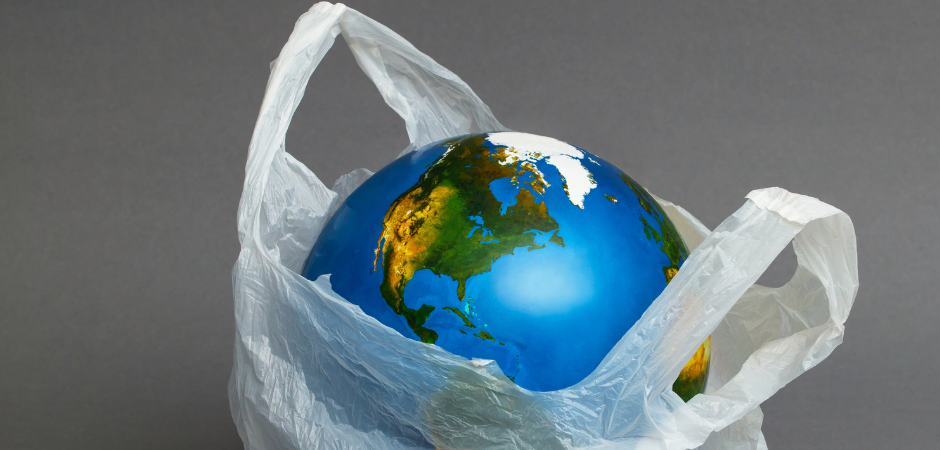In recent years, the global push for sustainability has led to the development of alternative solutions to traditional plastic bags. One such innovation is the biodegradable plastic bag. But what exactly is a biodegradable plastic bag, and how does it differ from conventional plastic bags? In this blog article, we’ll delve into the concept of biodegradable plastic bags, exploring their composition, environmental impact, and potential benefits.
What are Biodegradable Plastic Bags?
Biodegradable plastic bags are made from materials that are designed to break down naturally in the environment, typically through microbial action, into harmless substances such as water, carbon dioxide, and biomass. Unlike traditional plastic bags, which can persist in the environment for hundreds of years, biodegradable plastic bags have the ability to degrade and decompose relatively quickly under the right conditions.
Composition of Biodegradable Plastic Bags
Biodegradable plastic bags can be made from a variety of materials, including:
- Plant-Based Polymers: Some biodegradable plastic bags are made from renewable resources such as cornstarch, sugarcane, or potato starch. These plant-based polymers are derived from natural sources and offer a more sustainable alternative to petroleum-based plastics.
- Biodegradable Additives: In some cases, traditional plastic bags are treated with additives that accelerate the biodegradation process. These additives help to break down the plastic into smaller fragments, making it easier for microorganisms to consume and decompose.
Environmental Impact of Biodegradable Plastic Bags
While biodegradable plastic bags offer certain environmental benefits compared to conventional plastic bags, their environmental impact can vary depending on factors such as composition, manufacturing process, and disposal method. Some key considerations include:
- Resource Use: Biodegradable plastic bags made from plant-based polymers require the cultivation of crops, which may compete with food production and require land, water, and energy resources.
- Biodegradation Rate: The rate at which biodegradable plastic bags break down in the environment can vary depending on factors such as temperature, moisture, and microbial activity. In some cases, biodegradation may only occur under specific conditions, such as industrial composting facilities.
- Pollution Prevention: Biodegradable plastic bags have the potential to reduce plastic pollution in the environment by breaking down into harmless substances. However, improper disposal can still lead to littering and pollution if they end up in landfills or natural ecosystems.

Benefits of Biodegradable Plastic Bags
Despite the complexities surrounding their environmental impact, biodegradable plastic bags offer several potential benefits, including:
- Reduced Plastic Waste: Biodegradable plastic bags have the potential to reduce the accumulation of plastic waste in landfills, oceans, and ecosystems by breaking down more readily than conventional plastics.
- Renewable Resources: Biodegradable plastic bags made from plant-based materials offer a renewable alternative to petroleum-based plastics, which rely on finite fossil fuel resources.
- Consumer Choice: Biodegradable plastic bags provide consumers with an environmentally friendly option for packaging and carrying goods, allowing them to make more sustainable choices in their daily lives.
Biodegradable plastic bags represent a promising step towards addressing the environmental challenges associated with traditional plastic bags. While they offer certain benefits in terms of reduced plastic waste and resource conservation, it’s important to consider their environmental impact holistically and explore ways to minimize potential drawbacks. Ultimately, the widespread adoption of biodegradable plastic bags, alongside efforts to promote recycling, reuse, and waste reduction, can contribute to a more sustainable future for generations to come.


